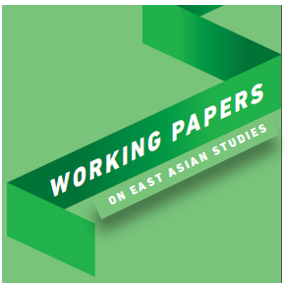Growth, Development, and Structural Change at the Firm Level : The Example of the PR China
Understanding the microeconomic details of technological catch-up processes offers great potential for informing both innovation economics and development policy. We study the economic transition of the PR China from an agrarian country to a high-tech economy as one example for such a case. It is clear from past literature that rapidly rising productivity levels played a crucial role. However, the distribution of labor productivity in Chinese firms has not been comprehensively investigated and it remains an open question if this can be used to guide economic development. We analyze labor productivity and the dynamic change of labor productivity in firm-level data for the years 1998–2013 from the Chinese Industrial Enterprise Database. We demonstrate that both variables are conveniently modeled as Lévy alpha-stable distributions, provide parameter estimates and analyze dynamic changes to this distribution. We find that the productivity gains were not due to super-star firms, but due to a systematic shift of the entire distribution with otherwise mostly unchanged characteristics. We also found an emerging right-skew in the distribution of labor productivity change. While there are significant differences between the 31 provinces and autonomous regions of the PR China, we also show that there are systematic relations between micro-level and province-level variables. We conclude with some implications of these findings for development policy.
Vorschau

Zitieren
Zitierform:
Heinrich/Yang, Jangho/Dai, Shuanping (2021): Growth, Development, and Structural Change at the Firm Level: The Example of the PR China. In: Working Papers on East Asian Studies. Online unter: https://nbn-resolving.org/urn:nbn:de:hbz:464-20210222-122852-8.
Zitierform konnte nicht geladen werden.
